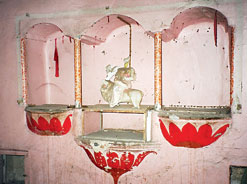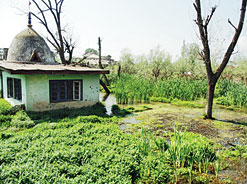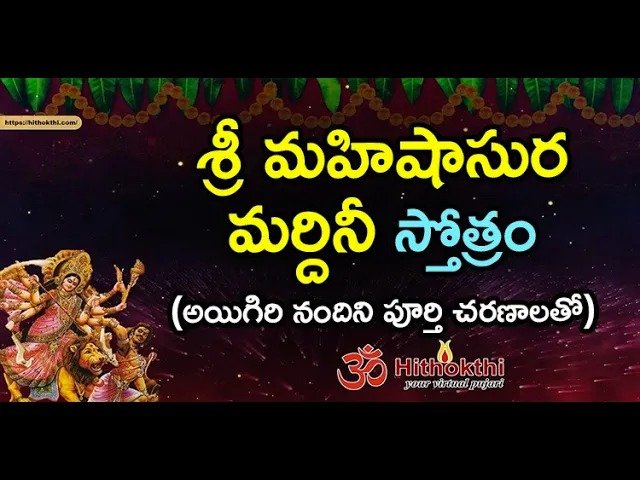J&K Temples Lie In a State Of Rot


With the Amarnath Yatra starting later this month, the issue of the protection and maintenance of the 500-odd Hindu temples and shrines in Jammu and Kashmir is back in the spotlight. Most of these religious places have been lying derelict after the exodus of Kashmiri Hindus from the state began in 1989. In April this year, the long pending J&K Hindu Shrines and Religious Places (Management and Regulation) Bill went to the select committee of the state Assembly. But with its various stakeholders still bitterly divided over it, any chance of a swift passage for the bill continues to look remote.
“There have been conflicting views on the bill; so it was sent to the select committee. Now committee members will discuss amongst themselves and see what amendments can be made to the bill,” says Sheikh Mustafa Kamal, a MLA from the ruling National Conference party.
The bill lays down that an institutional mechanism will be set up to protect and preserve all Kashmiri Hindu shrines, temples, ashrams, mutts, endowments, springs and hillocks, religious places and shrine properties, both movable and immovable.
But Kashmiri Hindus allege that there is no record or inventory of these religious properties. They also allege that government agencies have seized large parts of the areas belonging to many of these temples and shrines.
As Vinod Pandit, chairman of the All Parties Migrant Co-ordination Committee (APMCC), points out, “Government agencies in the Kashmir Valley are forcibly taking over land belonging to Hindu religious places. The big temples are managed by the Dharmarth Trust of MP Karan Singh, but no one maintains the others.”
Kashmiri Pandit activists also point to the issue of land grabbing by the state. Roots in Kashmir, a Delhi-based organisation run by Kashmiri Pandits, alleges that the cremation ground of Sagam in Anantnag district has been taken over by the government to construct a forest check post and a primary health centre. It claims moreover that the state irrigation department has encroached on Baba Dharam Dass temple land in Srinagar. Naranag temple in Kangan, Srinagar, is another Hindu shrine that has been encroached on by locals and the state’s public works department, claims Rashneek Kher, founder-member of Roots in Kashmir.
Activists argue that temples and shrines are among the worst victims of the exile of the Hindu community as they lost their trustees, caretakers, patrons and devotees. They also point out that owing to a lack of upkeep; many of them are in a sad state of disrepair.
“Some of the shrines are historically very important, but little or no effort has been made to preserve them,” says Khera. “The Amarnath shrine is protected by the Shri Amarnathji Shrine Board (SASB) but there is no mechanism to protect the other temples. For example, in March this year, a fire destroyed a portion of the famous Chakreshwar temple complex on Hari Parbat in Srinagar, but nothing was done to restore it.”
In fact, Raman Bhalla, state minister for revenue, relief and rehabilitation, admitted in a written reply in the Assembly recently that at least 170 temples had been damaged during the two decades of militancy in the Valley.
The bill, which has been hanging fire in the Assembly since 2009, could have gone a long way in repairing and maintaining these temples, say its supporters.
The main feature of the bill is that it proposes to set up a Kashmiri Hindu Shrine Board to look after these structures. It also lays down that the members of the Board should be Kashmiri Hindus. Predictably, this clause has become a serious bone of contention. The ruling National Conference wants Kashmiri Muslims to be part of the Board too.
As Kamal argues, “There are hardly any Kashmiri Pandits in Kashmir any more. Also, it’s the Kashmiri Muslims who have been protecting the Hindu religious places in the Valley for the last 20 years. So their involvement would help in the better management and protection of these places, especially in the absence of Kashmiri Hindus from the Valley.”
However, Kashmiri Pandits counter this by pointing out that the Waqf Board, which looks after the properties of Muslims, do not have any Hindu members. “So why should the proposed shrine Board have any non-Kashmiri Hindu member in it,” asks Amit Raina of Roots in Kashmir.
The other issue that the bill proposes to address is the illegal sale of Hindu shrines and temples that has allegedly become rampant in the Valley. Last year, lands belonging to the Vaital Bhairav temple at Motiyar Rainawari in Srinagar were allegedly leased out on a false power of attorney. “Pieces of land were transferred to the names of some people by the revenue authorities,” claims Pandit of APMCC. “We demanded a thorough probe but it was not considered by the government,” he adds.
Naturally, the state government dismisses these allegations. “Our government has been maintaining the temples, shrines and properties of Kashmiri Hindus very well. We have not allowed any encroachments or illegal sale to take place,” insists Kamal.
The source of funding for the maintenance of these religious places is another matter of debate. According to the bill, the Board or the management committee would be free to receive any donation or grant or offerings against proper receipts and this would be deposited in an endowment fund. It may also borrow money or raise loans from banks or financial institutions.
But some legislators argue that the temples may not be in a position to generate the funds needed for their upkeep. “We want the government to provide financial assistance for the protection of Hindu religious places in the Valley. There should be clarity on this before the bill is passed,” says Harsh Dev Singh, an MLA from the National Panther’s Party, which has often spoken for the rehabilitation of Kashmiri Pandits in the Valley.
With so many contentious issues yet to be resolved, the fate of the J&K Hindu Shrines and Religious Places (Management and Regulation) Bill is likely to remain uncertain; and with it, the fate of the temples and shrines of this picturesque Valley.
Source: The Telegraph, DT june 12,2013.







